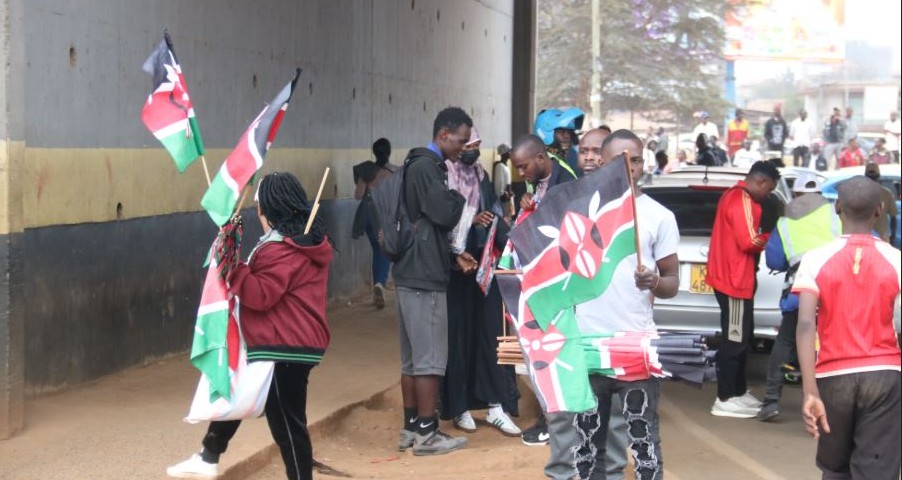From destruction to thriving wildlife sanctuary: Rebirth of Rwanda's Akagera National Park
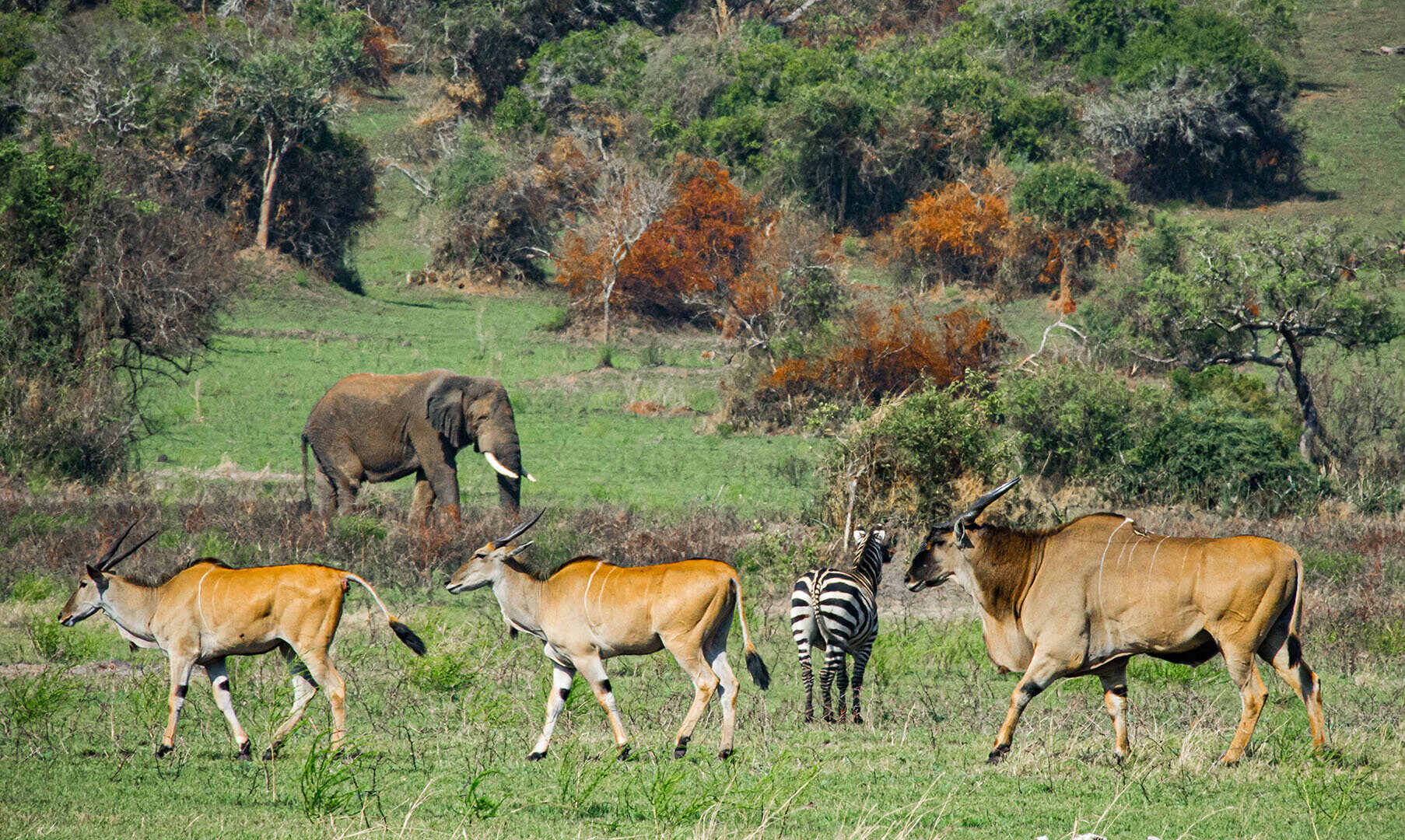
The transformation of Akagera National Park speaks to the power of collective action, strategic partnerships, and innovative conservation.
In Kigali, Rwanda
Nestled in eastern Rwanda, Akagera National Park is a symbol of resilience, both for its people and its wildlife. From the devastation wrought by the 1994 Genocide Against the Tutsi to years of poaching and habitat encroachment, Akagera has witnessed a tumultuous history that left its wildlife nearly extinct. However, a profound transformation has taken place, turning what was once a beleaguered landscape into a sanctuary teeming with life.
More To Read
- US President Donald Trump on upcoming Rwanda-DR Congo deal: ‘A great day for Africa’
- Why genocide convict Twagirayezu will serve 20-year sentence in Denmark
- Rwanda receives 70 southern white rhinos in historic translocation to boost conservation
- Trump’s Afrikaners are South African opportunists, not refugees: What’s behind the US move
- M23 demands Burundi troops withdrawal, accuses Bujumbura of backing ethnic violence in eastern DRC
- France reopens genocide case against former UN worker Callixte Mbarushimana
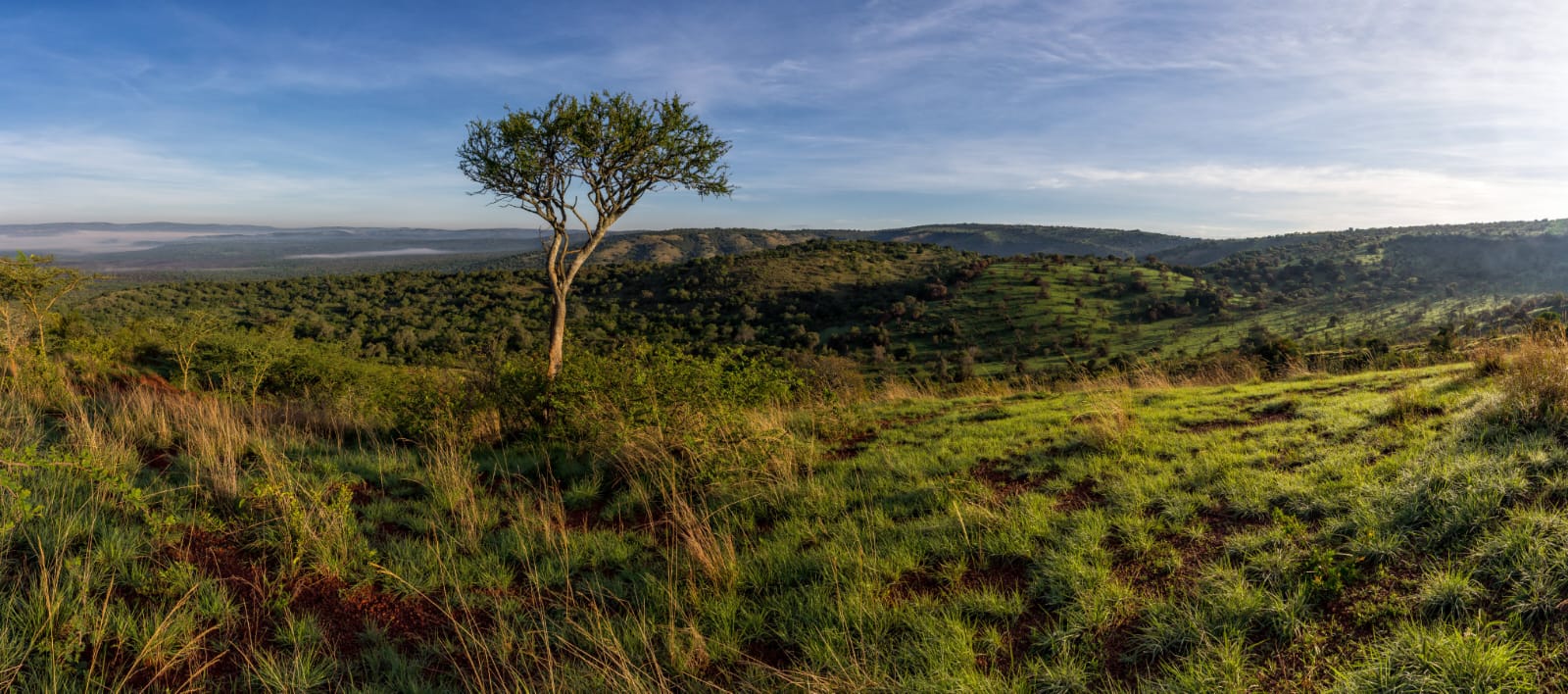 Stunning view from the iconic "Lone Tree" near the Akagera visitor centre. (Photo: Akagera National Park)
Stunning view from the iconic "Lone Tree" near the Akagera visitor centre. (Photo: Akagera National Park)
The Genocide not only devastated human lives but also led to massive displacements that threatened the natural world. Established in 1934 and once brimming with biodiversity, Akagera fell victim to the Genocide. Years of insecurity followed as poachers and settlers encroached on the park. The absence of proper legal frameworks or managerial structures left Akagera vulnerable. Poaching escalated, and species such as lions, rhinos, and elephants either vanished or migrated to safer territories.
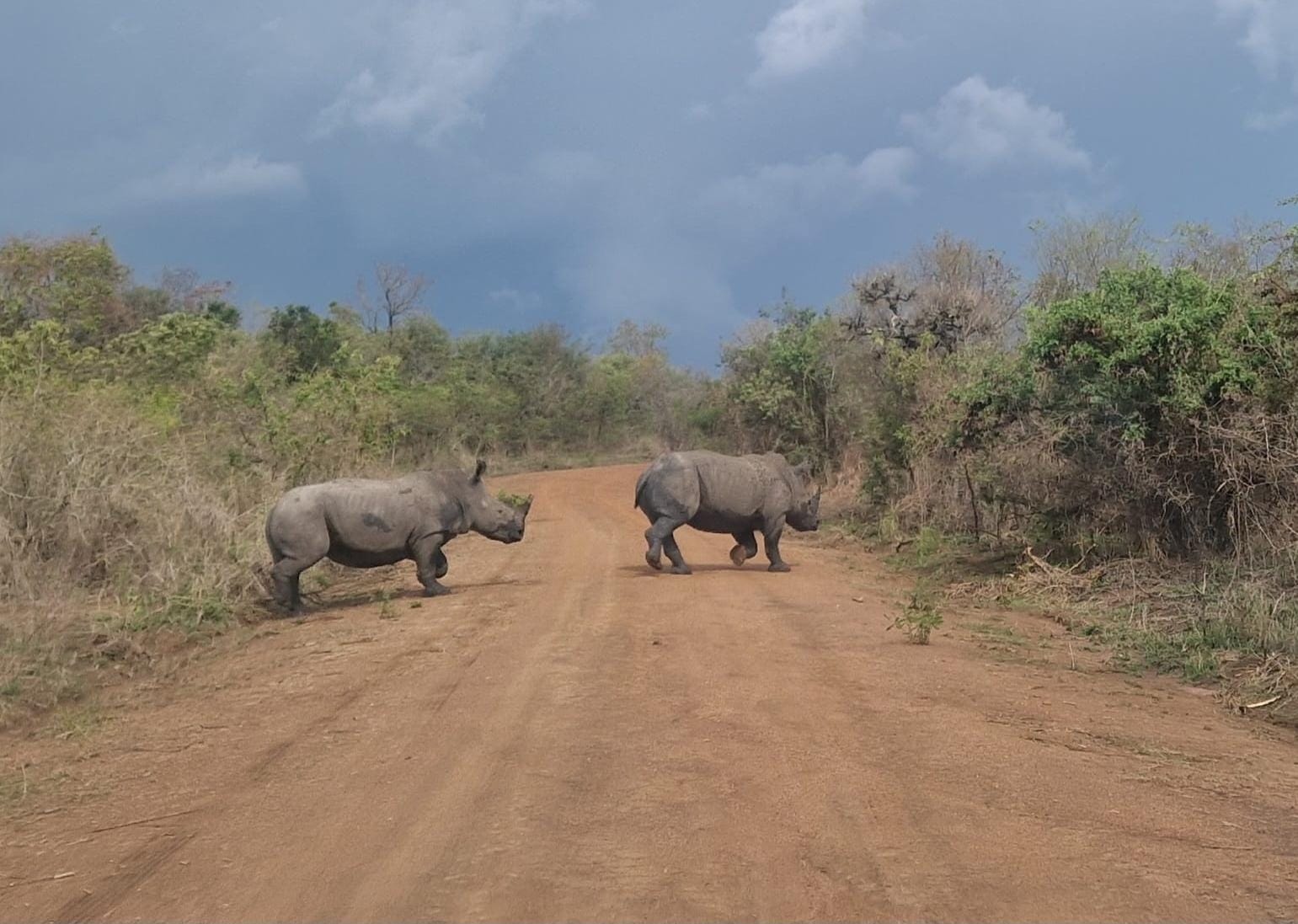 Rhinos crossing the road at Akagera National Park. (Photo: Aurelie Resch)
Rhinos crossing the road at Akagera National Park. (Photo: Aurelie Resch)
The park's eastern black rhino population, once thriving with over 50 individuals in the 1970s, saw its last confirmed sighting in 2007, marking the species' local extinction. Lions, similarly, were hunted to local extinction in the 1990s, leaving the park barren of these iconic animals. By 2010, the park’s animal population had dwindled to just 4,476, and Akagera was but a shadow of its former self.
Determined to restore the park, the Rwandan government partnered with African Parks in 2009 to initiate an ambitious conservation programme. The strategy involved not only protecting the park's boundaries but also reintroducing key species and restoring balance to its ecosystem.
Lions were among the first to make a comeback. In 2015, seven lions were translocated from South Africa, with two more following in 2017. The reintroduction marked a turning point, as the lion population has now grown to 60. Two of the founding lions, Ntwali and Ngangari, recently passed away, but their legacy endures as their progeny continues to thrive in the wild.
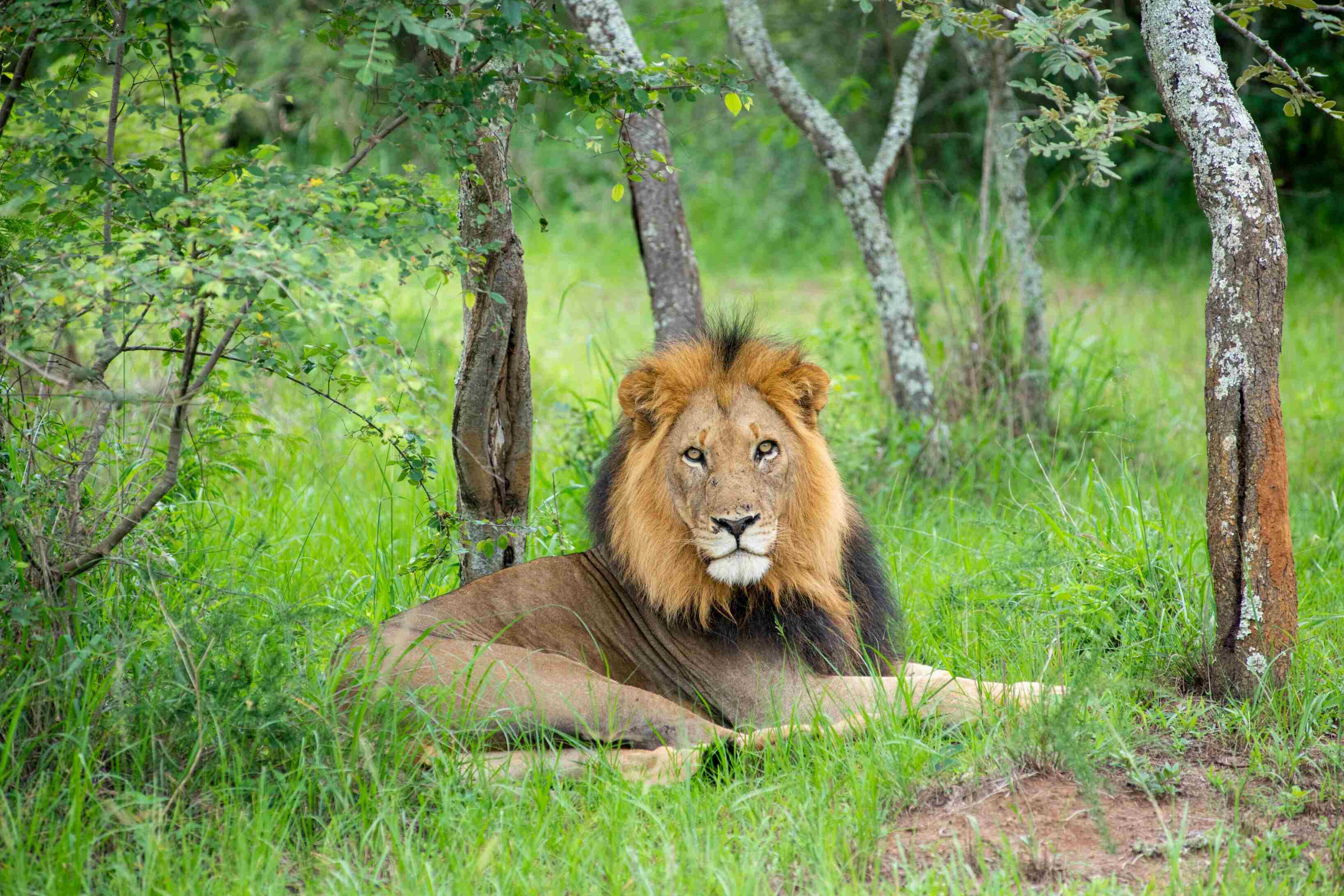 A lion resting in the park. (Photo: Akagera National Park)
A lion resting in the park. (Photo: Akagera National Park)
Rhinos, too, returned to Akagera. In 2017, 17 eastern black rhinos were transported from South Africa in an arduous 4,000-kilometre journey. Two years later, five more black rhinos arrived from European zoos in what became the largest translocation of rhinos from Europe to Africa.
In 2021, the park transported 30 southern white rhinos from South Africa, marking the largest rhino translocation in history, further boosting the rhino population. Today, both black and white rhino populations are steadily increasing, a testament to the park’s efforts to re-establish this keystone species.
Akagera's unwavering commitment to wildlife protection underpins its success story. More than 100 rangers, recruited primarily from nearby communities, patrol the park daily. These rangers use GPS tracking technology to monitor high-value species, like rhinos and elephants, with the former receiving horn transmitters and the latter fitted with GPS collars. This tech-enabled vigilance ensures the animals remain safe, deterring potential poachers and curbing illegal activities.
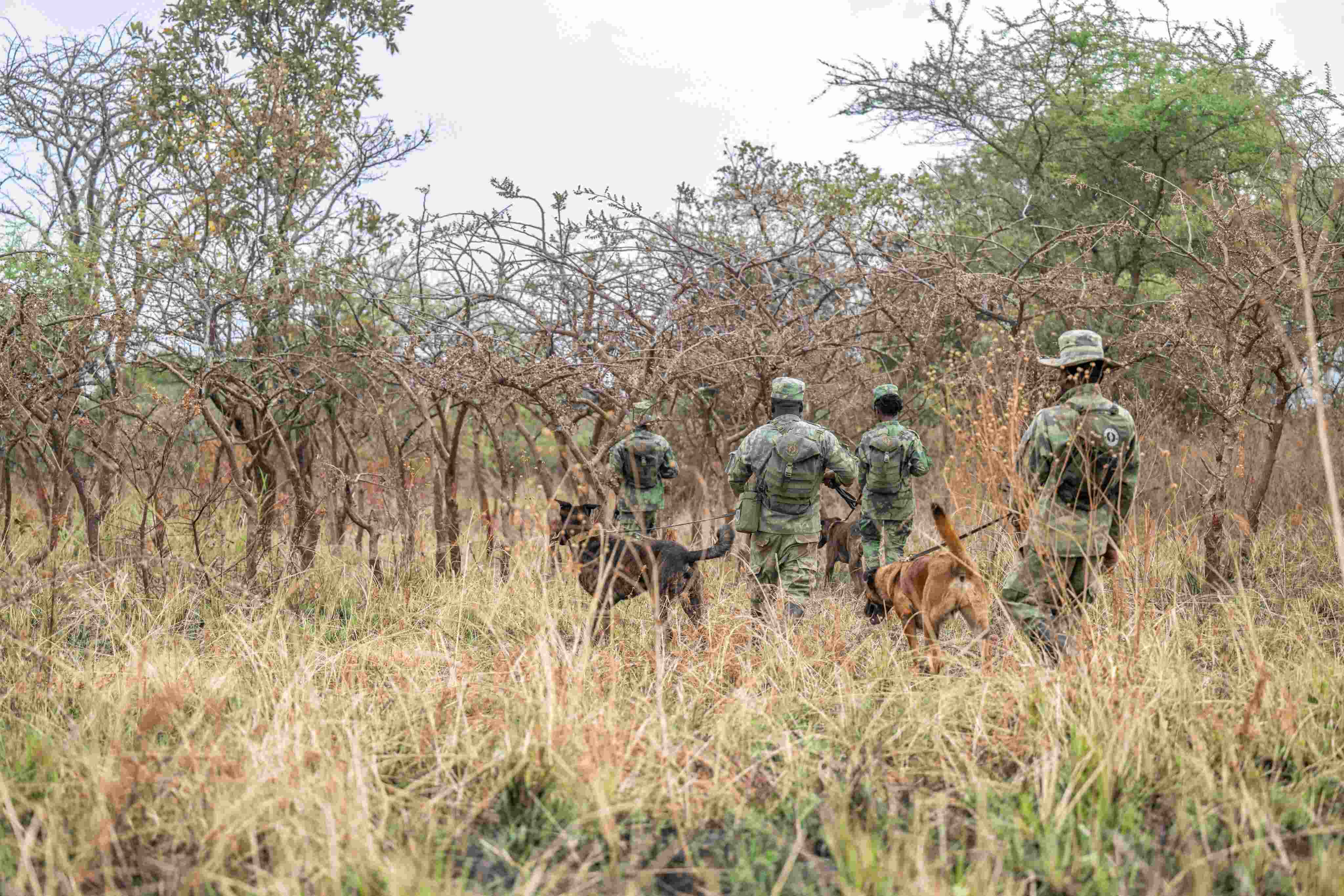 Akagera’s Canine Anti-Poaching Unit patrolling the park. (Photo: Akagera National Park)
Akagera’s Canine Anti-Poaching Unit patrolling the park. (Photo: Akagera National Park)
The park’s K9 unit, consisting of sniffer dogs trained specifically to detect traps and poaching activity, has proven invaluable. Originally brought in from Uganda after serving in operations against Joseph Kony’s rebel forces, these dogs—Belgium Malinois and Dutch Shepherds—have sniffed out more than 8,000 traps since 2015. The effectiveness of this unit, despite losses due to challenges like Tsetse flies, underscores the park’s innovative approach to conservation.
An electrical boundary fence spanning 120 kilometres also plays a significant role. Established in 2013 with an investment exceeding $2 million, the fence prevents animals from straying onto neighbouring farmlands, fostering peaceful coexistence between wildlife and local communities.
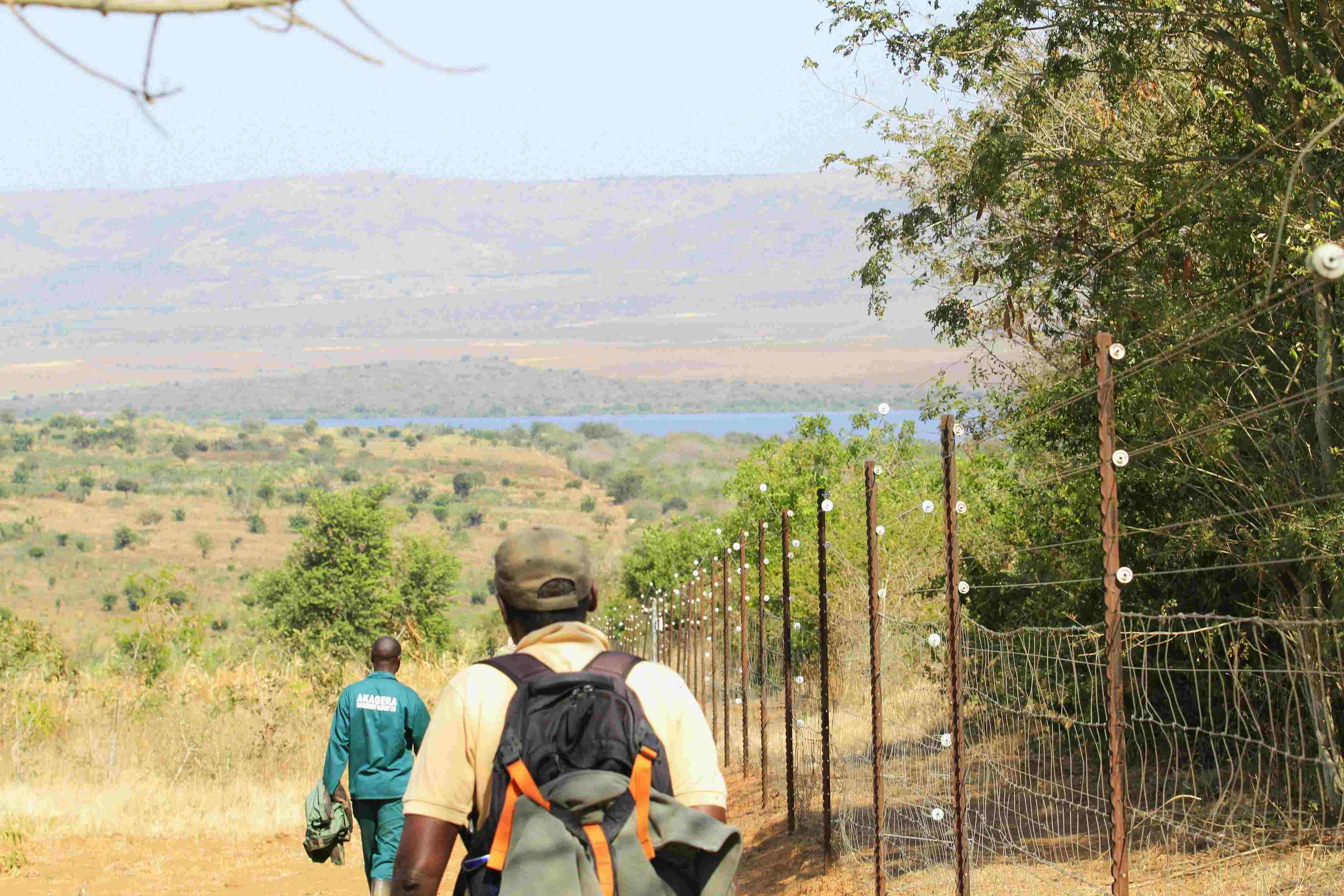 Park fence line that separates the park and the neighbouring community. (Photo: Akagera National Park)
Park fence line that separates the park and the neighbouring community. (Photo: Akagera National Park)
While conservation efforts have fueled Akagera’s resurgence, maintaining ecological balance is critical. The park closely monitors species like lions and elephants, whose feeding and breeding habits can significantly impact other species. Akagera’s capacity for lions is estimated between 100 and 120, while it can support 300 to 350 elephants.
Currently, the park hosts 60 lions and 142 elephants, well within sustainable limits.
Should animal populations exceed the park’s carrying capacity, Akagera Management Company (AMC) is prepared to implement birth control or relocate animals to other protected areas.
Additionally, Akagera’s team remains vigilant about population control. Rangers, for instance, do not interfere with a lion hunting an antelope, maintaining predator dynamics naturally. The park honours the law of “survival of the fittest", allowing the ecosystem to regulate itself within safe boundaries.
Today, Akagera stands as a beacon of conservation success. The park’s animal population soared from under 5,000 in 2010 to nearly 12,000 by 2022. The buffalo population increased from 500 to over 4,000, and the Masai giraffe, originally established by just six individuals translocated from Kenya in 1986, now numbers 110.
This rebirth not only benefits Rwanda but also contributes to global biodiversity and provides a sustainable future for tourism.
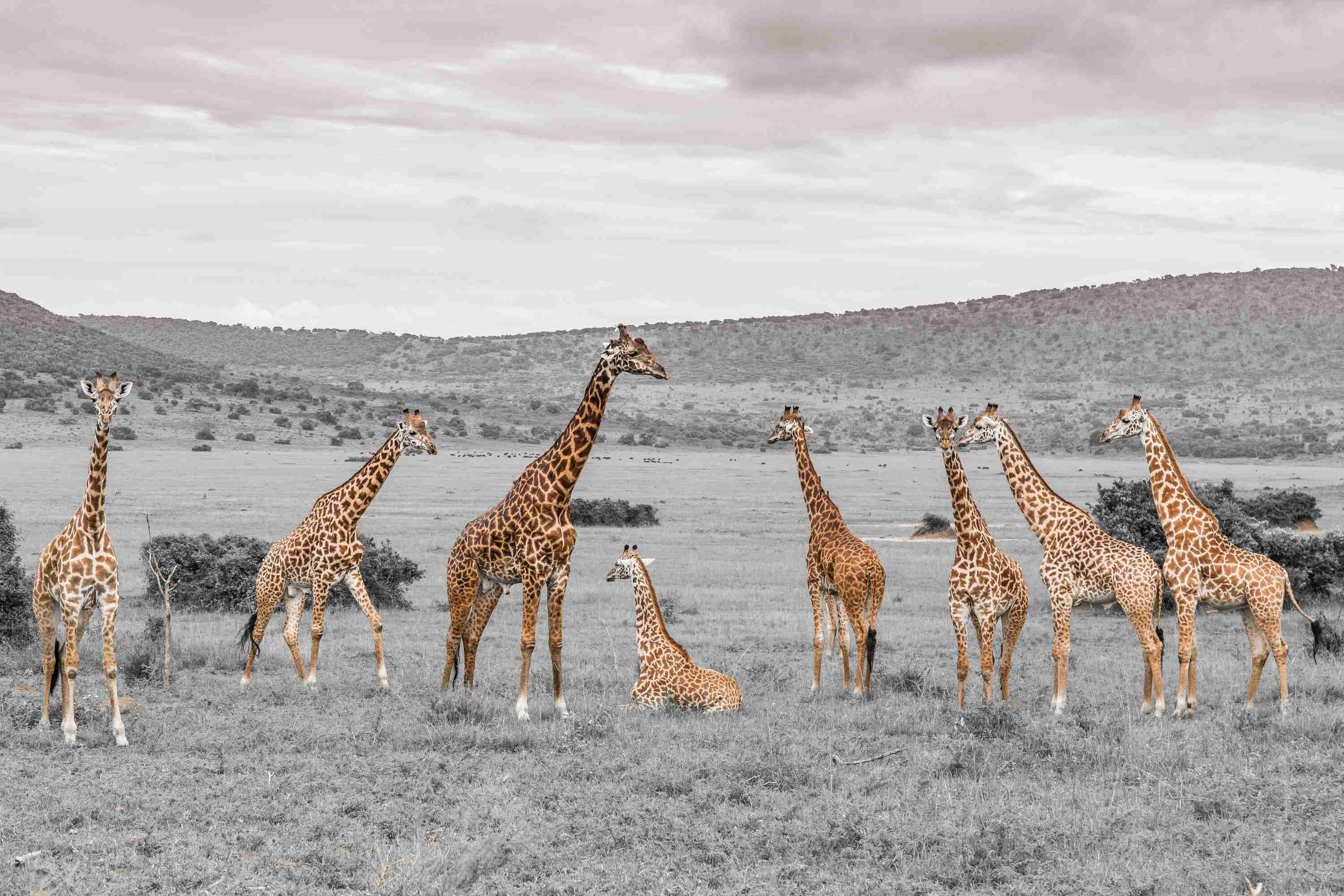 Akagera has been home to Masai Giraffes since 1986. Six giraffes were originally introduced from Kenya, and the population has grown to over 110. (Photo: Akagera National Park)
Akagera has been home to Masai Giraffes since 1986. Six giraffes were originally introduced from Kenya, and the population has grown to over 110. (Photo: Akagera National Park)
Within the park lie approximately 10 serene lakes, including Lake Ihema, known for its boat cruises that bring visitors face-to-face with hippos, crocodiles, and an array of bird species.
Akagera’s transformation has attracted adventurers from around the globe, drawn by its array of activities that cater to different tastes. For those inclined toward aquatic pursuits, Lake Shakani offers a peaceful setting for fishing, where anglers can cast their lines in search of tilapia and other local species.
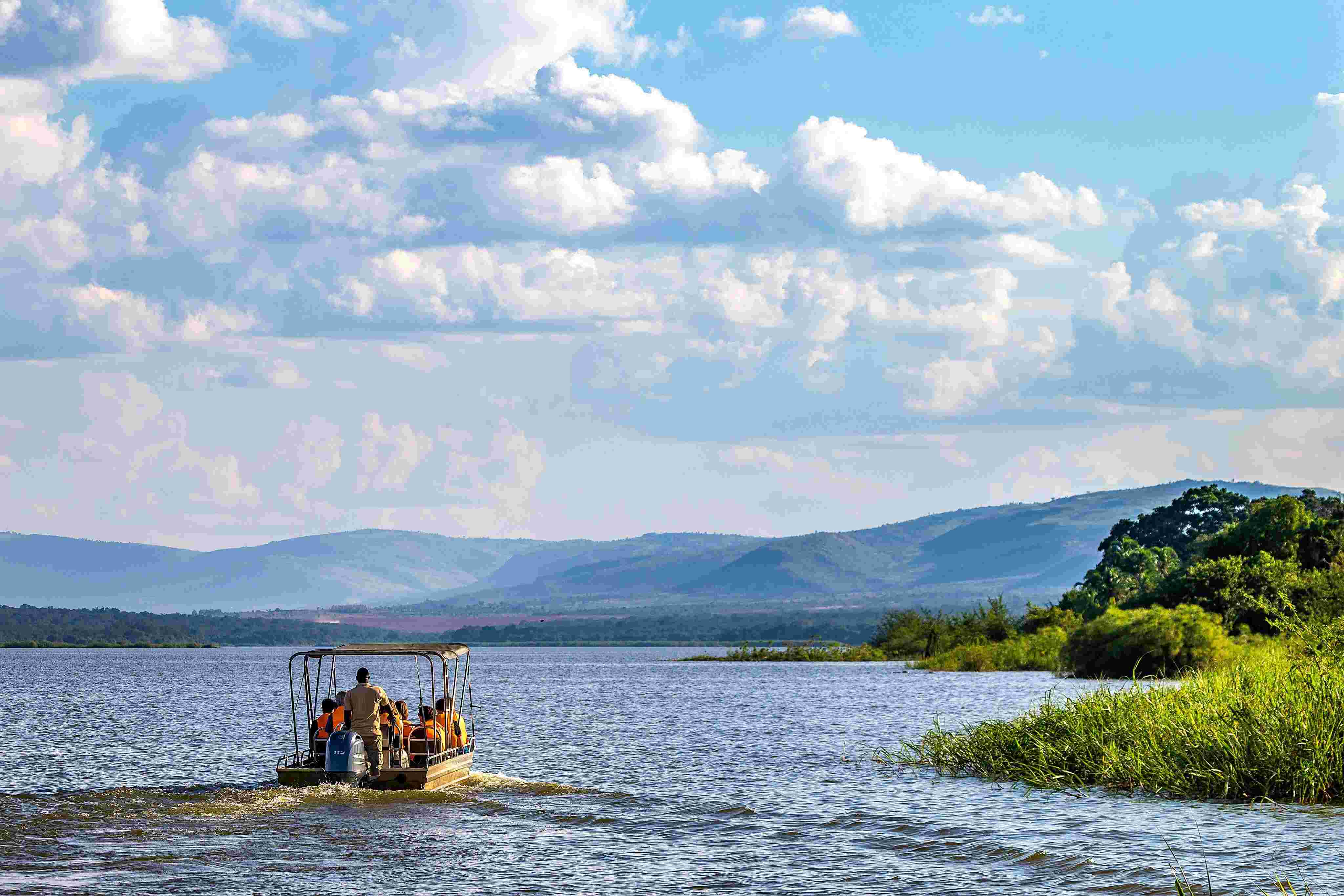 Visitors enjoying a boat trip in the Park. (Photo: Akagera National Park)
Visitors enjoying a boat trip in the Park. (Photo: Akagera National Park)
On land, game drives both day and night reveal the park’s rich biodiversity. Nocturnal excursions unveil elusive creatures like leopards, bush babies, and hyenas under a starlit sky. For a slower pace, guided nature walks provide an intimate exploration of Akagera’s lush vegetation and lesser-known fauna.
The park offers a wide variety of accommodations for visitors. The luxurious Magashi Safari Camp, situated in the northern part of Akagera, offers guests stunning views of Lake Rwanyakazinga.
At Akagera Game Lodge, travellers can unwind by the pool, enjoy a gym session, or relax in the spa—all with panoramic views of Lake Ihema. For the eco-conscious, Ruzizi Tented Lodge provides a sustainable retreat with cosy lodgings and delicious cuisine. It is perfectly positioned for easy access to Akagera’s diverse habitats.
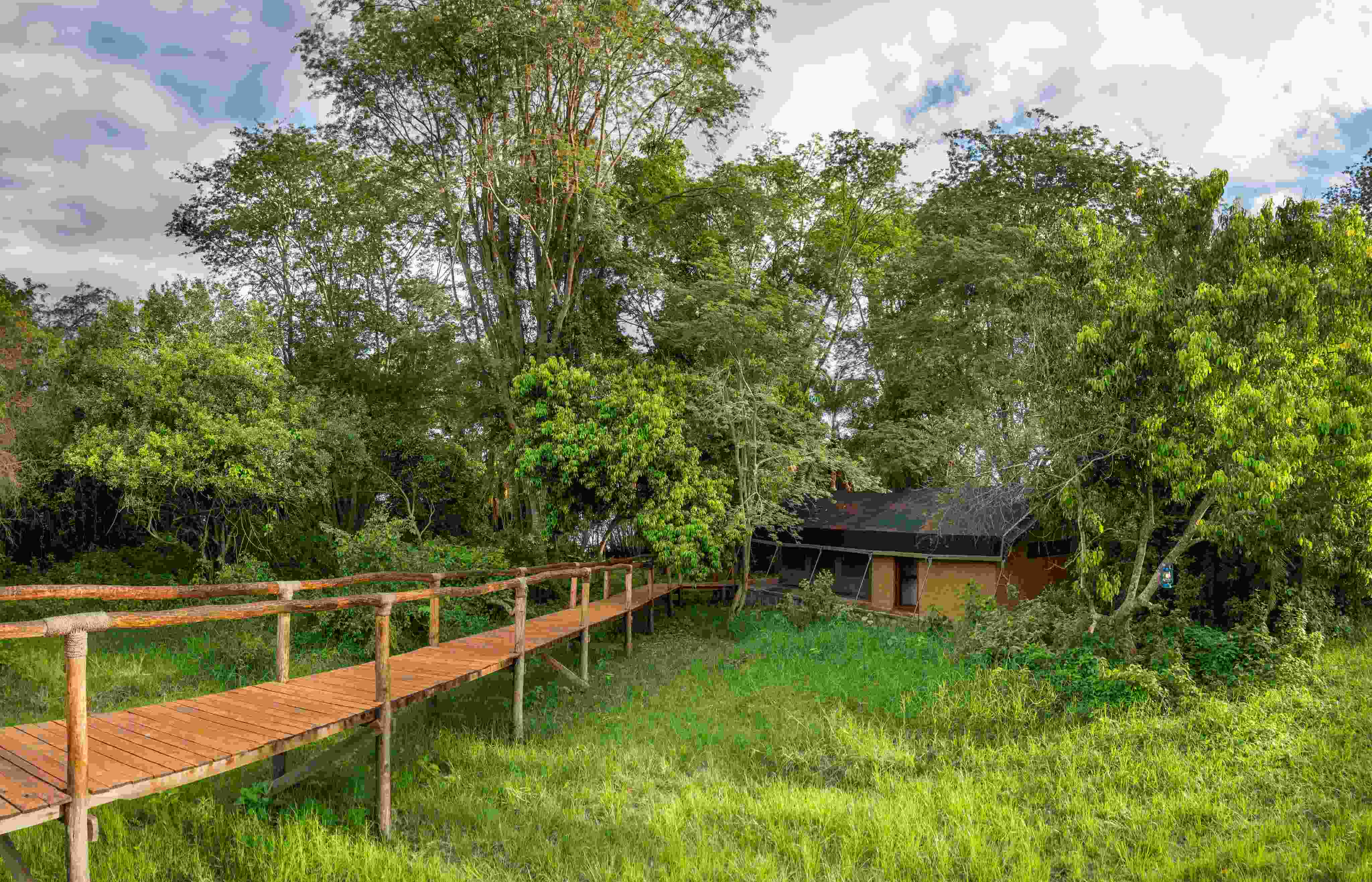 The Ruzizi Tented Lodge. (Photo: Akagera National Park)
The Ruzizi Tented Lodge. (Photo: Akagera National Park)
The Park has made incredible strides towards financial sustainability. In 2023, over 54,000 guests visited, US$316k went to local communities, and 26 new projects were funded through tourism-generated revenue in Akagera.
The transformation of Akagera National Park speaks to the power of collective action, strategic partnerships, and innovative conservation. What was once a beleaguered stretch of land is now a flourishing sanctuary where lions roar, rhinos graze, and elephants wander freely. Akagera’s journey offers a hopeful narrative in the fight to protect the world’s most vulnerable ecosystems.
As Rwanda celebrates this resurgence, Akagera stands as a symbol of hope, resilience, and the enduring spirit of nature.
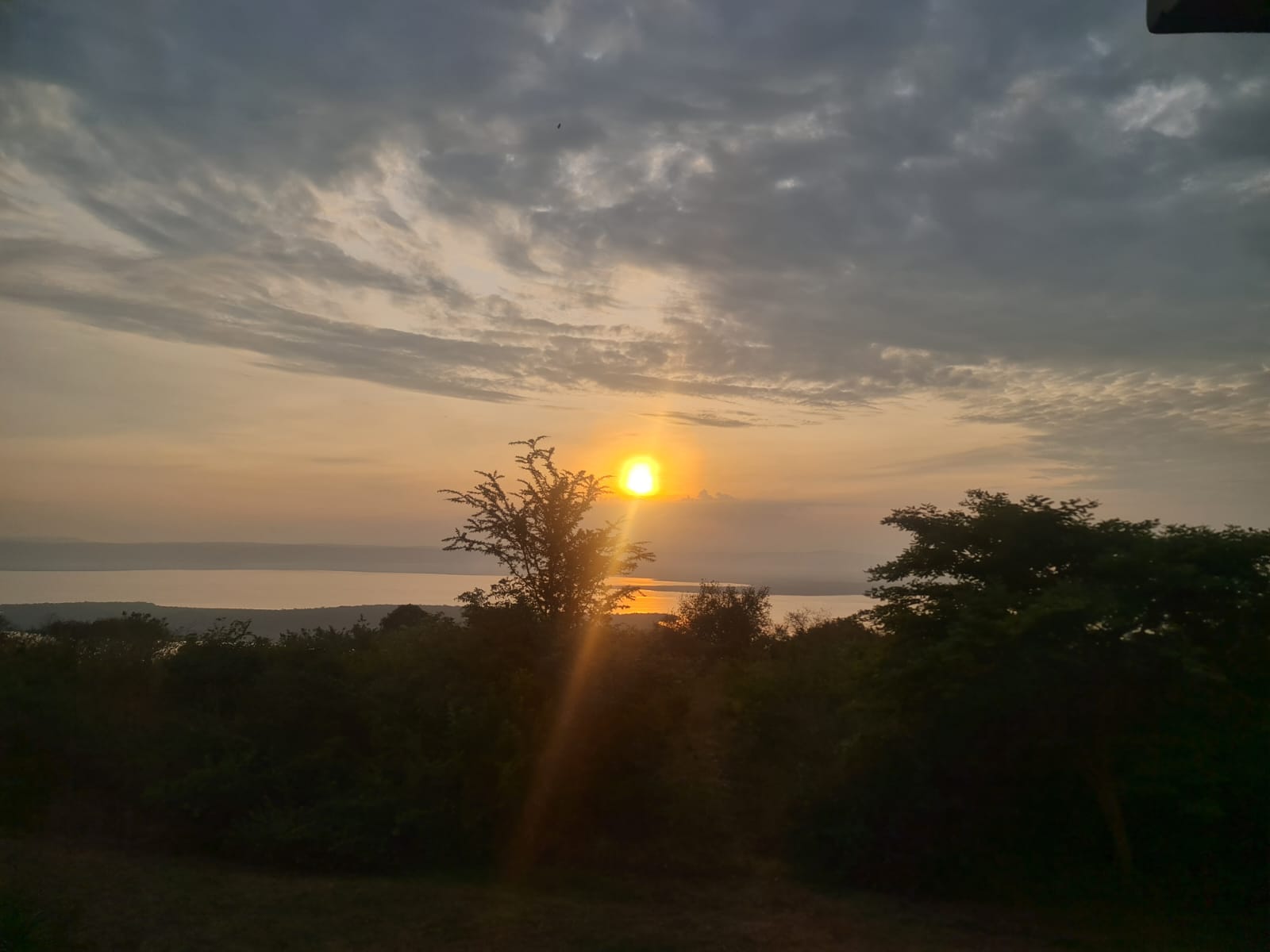 Sunrise at Akagera National Park. (Photo: Amina Wako)
Sunrise at Akagera National Park. (Photo: Amina Wako)
Top Stories Today




